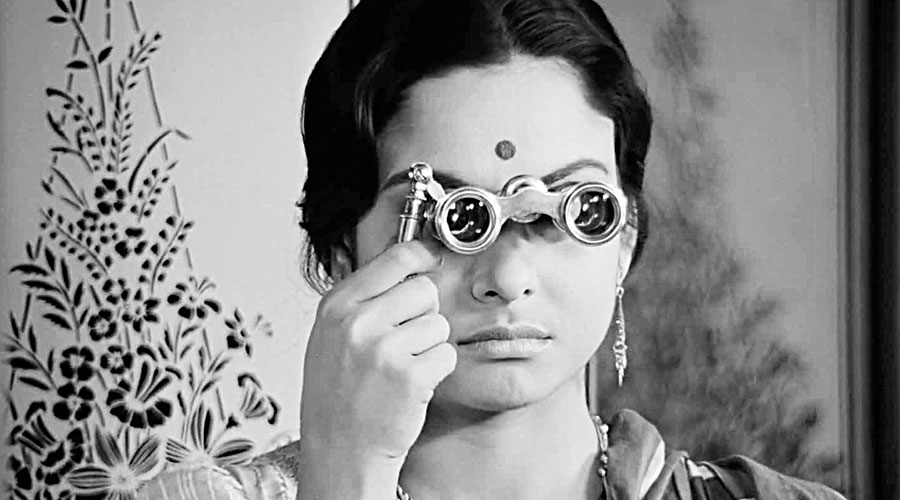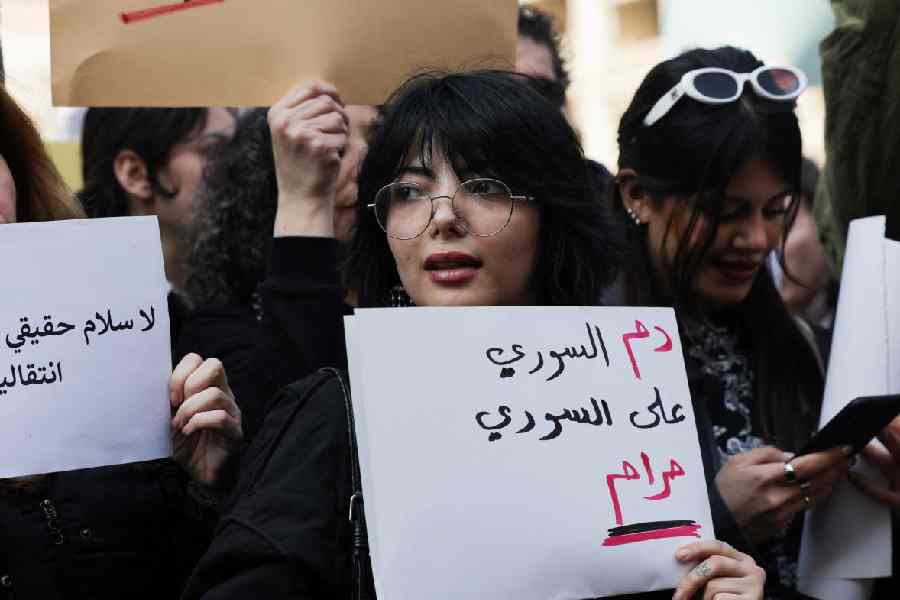A philosopher friend of mine once told me that social scientists tend to be naïve about the violence that they create. She claimed that they inflict pain and violence in two ways. They create conceptual violence through the categories they impose on people. Categories not only become conceptual cages but they also restrict life chances. They also create violence through policy. The antiseptic nature of policy as a form of hygiene hides its stark brutality. Policy is often iatrogenic as the expert amplifies the violence of the problem.
My friend then added that there is a third kind of violence, woven through silence and indifference, in which we rarely consider the fate of certain people as relevant. We black box them even if they have an all-pervading presence. One such life world, she suggested, was that of the housewife. The housewife is almost mundane as a life form and, unlike the elite or even the proletariat, is not regarded as a carrier of history. She is both everyday and marginal and few realize that she carries the seeds of an alternative history.
This insight was throbbing in a brilliant book by Ela Bhatt, the activist and founder of SEWA. Elabehn created the outline of a grihini (housewife) theory of history and its implication for the future. She claimed that the oikos (domestic space) and the cosmos have to combine around the agency of the housewife. The housewife, today, is a fertile inventor of new possibilities linking women, work and peace. Bhatt’s book is a welcome exception to the marginalization of the housewife. Because Bhatt was sensitive to everydayness and to history, body time and the longue durée, she evoked a new future for the housewife. The grihini was not an event but a presence, a paradigm for invention, a consolidation of memory that modern economics was impervious to.
One senses that even Home Science and Social Work, devised to rework the role of the housewife as the welfare State was emerging, have become restricted in imagination. Home Science was seen as a lesser science built around soft issues like childhood, food, and hygiene. As a result, what we have is a systematization of recipes as a lesser form of science: Home Science parading without the dignity of formulas. Home Science became a lesser form of professionalism designed like Social Work to put women in auxiliary roles. The possibility of Home Science as a new theory of caring, thereby challenging the expert perspective of the sciences, became even more remote. Home Science addresses a ‘lesser’ order of reality to help consolidate the industrial revolution.
The other hope for rethinking the creative power of domesticity arose, ironically, out of situations of internal or perpetual war. War seems to have become an epidemic phenomenon in many parts of the world. Given the perpetual nature of violence in Kashmir and in the Northeast, to take two local examples, the ritual of waiting — waiting for husbands, waiting for peace — has become part of the new domesticity of citizenship. The everydayness of time gets broken as police brutality, torture, harassment, anxiety become new civic rituals. In fact, it is the housewife who becomes the potent source of protest or resistance. One thinks of the mothers of Plaza de Mayo invoking the missing in Argentina to challenge the tyranny of the regime or the women standing naked before the Assam Rifles protesting military brutality. Domesticity seems to have become the biggest causality of internal war, and the housewife its primary, but neglected, victim. Waiting, mourning, work as ethical repair seem to have become, as Bhatt points out, the art forms of the housewife as citizen. Her waiting for peace for three or four decades is subject to benign neglect or perceived as a security issue conceived in the officialdom of masculinity.
This same tragedy seems to be reproducing itself in the Covid era. Covid is an epidemic that follows the dualistic grids of modernity. It emphasizes the formal over the informal. Moreover, Covid has created the special loneliness of the housewife. Sequestered at home, she is burdened with anxiety, responsibility and intense drudgery but she has few people to talk to. She watches events with concern, realizing that she barely belongs to the official narrative.
The media also ignore her plight, replaying home as a site for office work, hinting at a complementarity that did not work. The media created the post-truth romance of vacations. Here, wellness as a cosmetic category has displaced care and welfare as a category of professional concern. The housewife literally disappears from the narrative and no literary imagination attempts to rescue her from being the object of a dismal social science.
The housewife as a category becomes both banal and surreal in social science and in policy. She is either invisible or a lesser order of being. Otherwise, she is an ersatz adjunct to the industries of advertising and hygiene. Hygiene is now
the domain of the male expert and the housewife a mere yes-sayer to Harpic or Pril with no ontological autonomy of her own. The wisdom, the folklore, around the housewife loses out to the antiseptic professional creating a new myth of
hygiene.
The other invisible narrative is about violence. Covid has increased the level of violence on the housewife as the bored, unemployed husband rents his frustration on her. In all this, the housewife as a set of coping skills, a moral paradigm of care, fades away; she is a victim of her inflicted illiteracy.
Yet the housewife is a survivor, outlining the indifference of history and social science, using orality to keep memory and meaning alive. It is time social science learns to capture her resilience, her sense of the rhythms of everydayness. Reworking the category of the housewife as one combining epic and everyday can help redeem policy. More so since it creates an effervescence of micropolitics around space, food, hygiene, peace, reworking the grammar of globalization not as a top-down diktat but as a plural invitation to alternative imaginations. Policy loses its arrogance through the simple act of listening; only the housewife can rework care out of the clutches of the policy panopticon.
The housewife becomes a pretext to a way of rethinking nature as well as the informal economy. The economics of the housewife, the rules of coping, have to be a part of modern economics. One needs to create knowledge panchayats around housewives to assess a city, the policy of waste, a notion of childhood, creating an everyday language that goes beyond cost-benefit. The housewife with her memory and her tales of suffering must become a broker for peace, creating a language which speaks of the everydayness of suffering rather than the vacuity of security. Once the housewife — like the patient, the tribal person — is seen as a person of knowledge, it would create a genuine Home Science of the city in which the rituals or rigour as well as the joys of domesticity have a place. In reinventing the housewife, we will reinvent the oikos.
Shiv Visvanathan is an academic associated with Compost Heap, a network pursuing alternative imaginations











